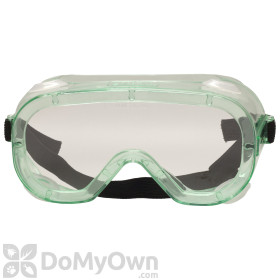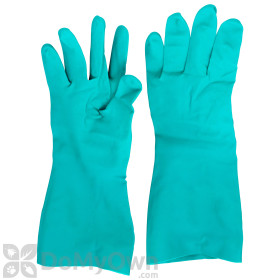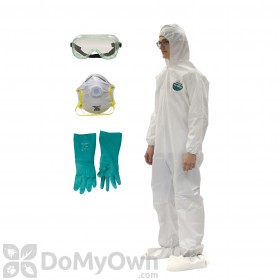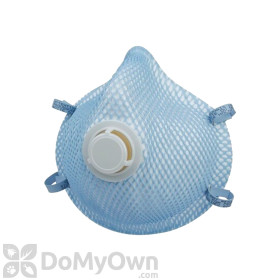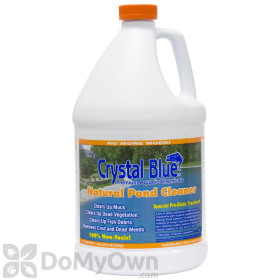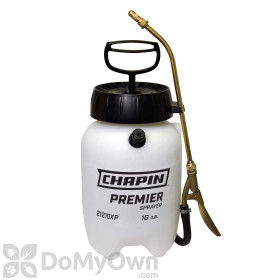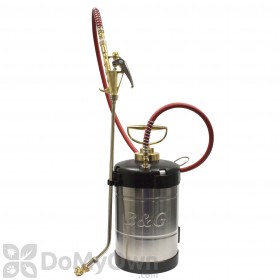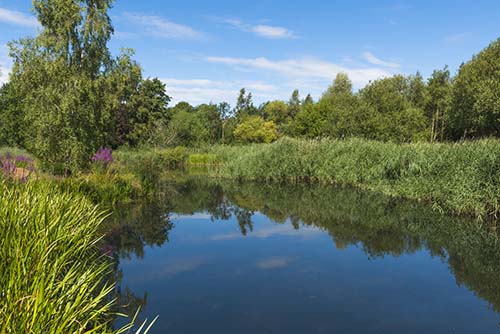
Backyard ponds and residential lakes are a great source of entertainment in the summer months and provide beauty throughout the year. But weeds and algae can quickly halt the fun of these bodies of water, ruin the aesthetic of your pond, and possibly even devastate wildlife within the water.
This guide will cover how to identify and treat the most common weeds and algae found in ponds and lakes, including when it is safe to treat and how to know if a product is compatible with your body of water.
Weeds
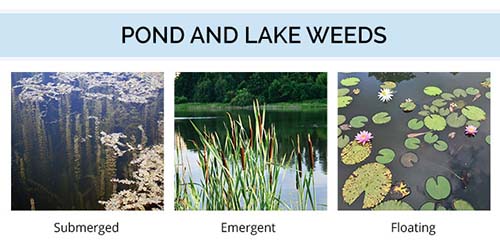
Just like in your yard, weeds can also grow in and around ponds and lakes. Some weeds are beneficial, as they can feed fish and provide filtration, but other weeds can become a problem.
Too many weeds can block access to the water, make it difficult to swim and use boats in the water, and reduce oxygen levels in the water that are essential for fish to thrive.
There are 3 types of weeds that are often found in ponds, each with its own problems.
- Submerged weeds are like icebergs, in that you may see a small part of the weed on the surface of the water, but the majority of the weed and root system is below the water's surface. The root system of submerged weeds is often found at the bottom of the pond or lake. The defining feature of submerged weeds are their soft stems. Some common varieties of submerged weeds include American pondweed, bladderwort, clasping leaf, curly leaf pondweed, Eurasian watermilfoil, hydrilla/elodea, southern naiad, and parrots feather.
- Emergent weeds are commonly found around the perimeter of the water, growing along the shoreline. Emergent weeds are rooted and are most commonly defined by their firm, stiff stems. Common emergent weeds include alligator weed, bulrush, cattails, water primrose, phragmites, and shoreline grass.
- Floating weeds are found on or near the surface of shallow water. Their foliage will be seen above the water's surface. They are rooted and those roots may or may not reach the bottom of the pond or lake. Like algae, floating weeds can cause problems for fish as they can block sunlight and oxygen. Species of floating weeds include azolla, duckweed, spatterdock, water hyacinth, water lettuce, water lily, water shield, and water meal.
Algae

Algae has no root system, which is why it typically floats on top of water. Before algae floats, it can also be found on the bottom of ponds or lakes.
Algae usually has a musky smell and can be dark or bright green. Although a small amount of algae is beneficial for plants, too much algae on the surface of a pond or lake can prevent sunlight and oxygen from reaching the water below, which can be harmful to fish and other wildlife within the water.
The most common types of algae found in ponds and lakes are:
- Chara Algae is algae with a musky odor that appears to be a submerged weed but can be easily raked out of a pond or lake. Chara algae is crunchy when touched.
- Filamentous Algae is also known as string algae or pond scum. This algae floats on top of the water in clusters that resemble wet wool.
- Planktonic Algae is also known as green water algae as it turns water a pea soup color. When planktonic algae dies off quickly it reduces oxygen levels in the water which can kill fish, therefore multiple treatments over several weeks are necessary.
Getting Rid of Algae and Weeds

It is possible to control algae and weeds in both ponds and lakes, but there are some considerations you must understand before you treat.
- Some products used for treatment will render the water temporarily unsafe for swimming.
- Some products used for treatment will render the fish in the water temporarily unsuitable for eating.
- Some products are toxic to certain fish and other aquatic wildlife.
- Some products are designed to only be used in large bodies of water while others are designed to be used in smaller bodies of water.
- If your pond or lake is used for irrigation or used as a water source for livestock and other animals, pay careful attention to the warning label of your product for restrictions.
Before using any product in or around your pond or lake, READ THE LABEL! The label will indicate where the product can or cannot be used, how often the product can be used, and the side effects of using the product. The product label will also indicate if any personal protective equipment (goggles, gloves, face mask) should be worn when using the product.
Treating Weeds
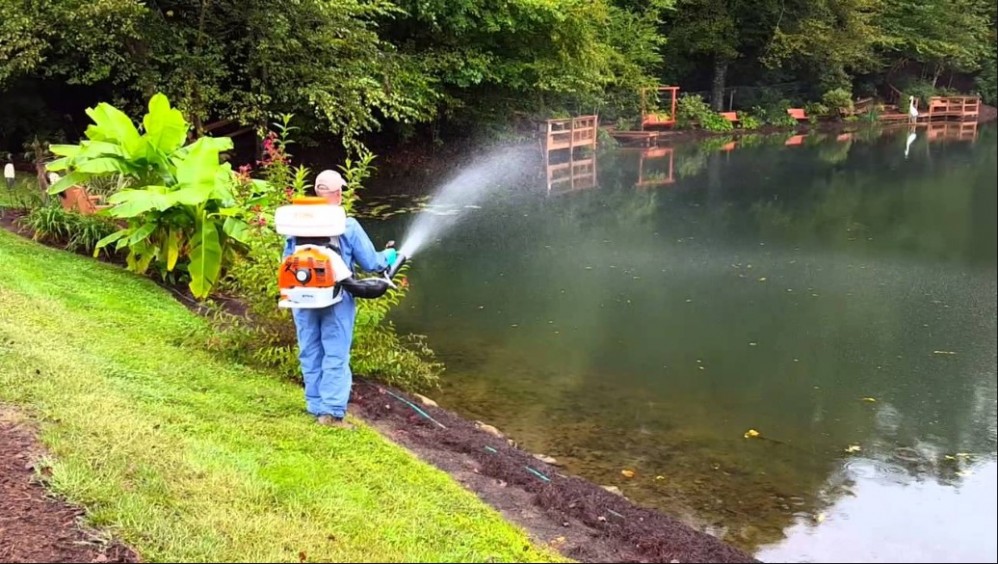
After identifying what weed you are treating, select a product labeled for that weed. There are two ways to apply aquatic herbicides to weeds; treatment depends on the type of weed you are trying to remove.
Liquid herbicides work best on shallow or emerged weeds. Liquid herbicides are mixed with water in a sprayer according to the product label. The weeds are then sprayed directly. Only active, growing weeds should be treated.
Granular herbicides work well on submerged weeds, in deep areas of the pond, and when water is flowing. Granular herbicides are applied directly onto the weeds using a hand spreader, using the application rate on the label of the herbicide.
Only treat 1/3 of the pond or lake at a time, as dying weeds result in reduced oxygen, which can harm fish and other wildlife. Wait 10-14 days between treatments.
Treat only when the weather is nice, preferably during sunshine. Do not treat if rain is in the immediate forecast as the herbicide will need to absorb before rain.
Treating Algae
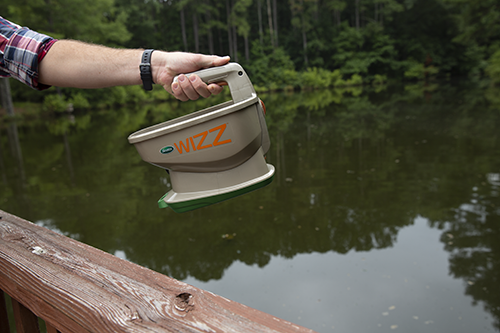
After identifying what kind of algae you have, you can begin treatment. Like weed treatment, there are both liquid and granular algaecides.
Planktonic and filamentous algae are best treated with liquid algaecides. The liquid algaecide is mixed with water in a sprayer according to the mixing rate on the label and sprayed onto the algae directly.
Chara algae is best treated with granular algaecides using a hand spreader. The granules will sink and disperse evenly throughout the chara.
As with weed treatments, only apply algaecide when weather is nice and rain is not in the immediate forecast. The pond or lake water should be above 60 degrees during treatment. Treat only 1/3 of the water at a time to ensure fish have enough oxygen, and wait 10-14 days between treatments.
We hope you have found this guide helpful. If you have any additional questions about treating weeds and algae in ponds and lakes, give our customer service team a call at 866-581-7378 or email us at [email protected].



